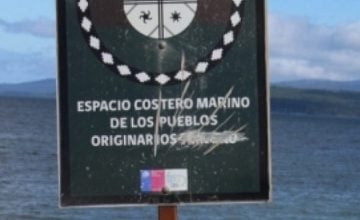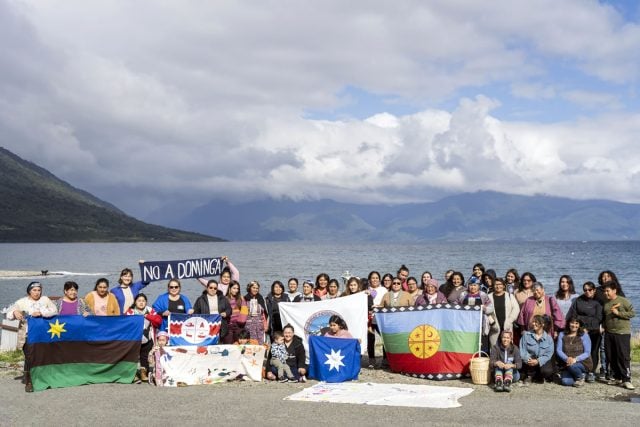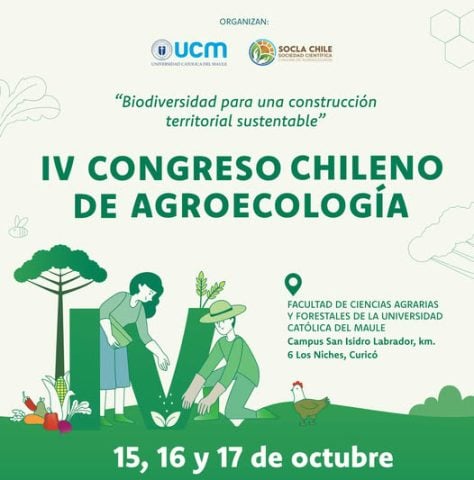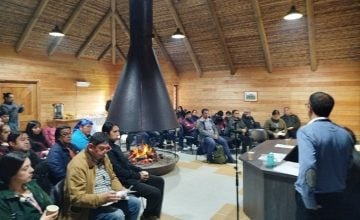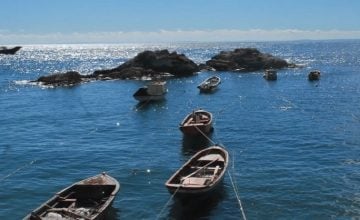Original article: «Han aparecido las heridas del territorio, pero también la persistencia de la comunidad»: Radio Galáctika de San Antonio presenta programa «Raíces Costeras»
Wounds of the Territory and Community Resilience Highlighted in Radio Galáctika’s ‘Raíces Costeras’ Program
Alfredo Cueto, the director of Radio Galáctika in San Antonio, spoke with El Ciudadano about the station’s new program, ‘Raíces Costeras’, hosted by journalist Diego Rojas and funded by the social media fund from Segegob.
-What inspired the creation of Raíces Costeras and what needs does it address?
‘Raíces Costeras’ originated from the need to genuinely listen to the coastal region beyond the superficial. It aims to amplify the voices of the coastal communities, who have long resisted being forgotten and dispossessed. The central coast holds a vibrant history often omitted from dominant narratives: that of the communities defending their environment, seeing the sea, dunes, and wetlands as integral to their identity. The program seeks to respond to this urgency by building memory from local voices rather than from a distant institutional or media perspective.
-What motivated this project?
The motivation was deeply human. We felt that coastal stories were fragmented, as if each community was fighting alone. ‘Raíces Costeras’ was created to weave these fragments together, allowing fishermen, scientists, teachers, and activists to gather in a shared space for conversation and recognition. It also represents a gesture of love for this territory—one that is not only inhabited but cared for, felt, and inherited.
-What media gap do you identify in the environmental coverage of the central coast?
For years, the media has viewed the coastal area through the lens of tourist postcards or disasters. There was a lack of insight that respects and delves into the region, recognizing that behind every wetland or cliff, there are communities fighting to protect it, held up by their memories. ‘Raíces Costeras’ aims to fill this gap by portraying the coast as a living tapestry of relationships among nature, history, and culture, rather than just a backdrop for conflict.
-How many episodes have you produced so far?
There are currently six episodes in production, each addressing a different territory and its unique ways of inhabiting and defending it. More than a series, ‘Raíces Costeras’ is conceived as a journey—a meandering along the coast in search of voices still resonating beneath the Pacific wind.
-How do you select the guests who participate in the program?
The guests are not chosen based on resumes but on their deep-rooted connections. They are individuals who inhabit the places they defend: those who have turned their relationship with land and sea into a form of resistance. Each guest embodies a perspective and a sense of belonging. We strive for the conversation to stem from personal experience rather than rhetoric; we want the words to come laced with salt and sand, not from behind a desk.
-What themes have emerged prominently?
The wounds of the territory have emerged prominently: real estate encroachment, the neglect of heritage sites, the oblivion of water and hills. Yet, something luminous also arises: the persistence of the community, the quiet commitment of those cultivating environmental education, art, and science as forms of resistance. Every story carries pain, but also hope and care.
-What reactions have you received from locals and organizations on the coast?
The reactions have been very emotional. Many locals express gratitude that, for the first time, their experiences and perspectives are being acknowledged with respect and depth. They tell us that the program makes them feel part of something larger, a community that spans the entire coast. This gratitude is perhaps the clearest confirmation that ‘Raíces Costeras’ is fulfilling its purpose.
-How do you hope this project will contribute to strengthening local environmental consciousness?
We want ‘Raíces Costeras’ to serve as a mirror: that those living on the coast can see themselves and recognize the act of caring. That each story narrated activates a shared memory and a sense of belonging that leads to collective action. If we manage to make someone, after watching an episode, look at the sea or wetland nearby differently, we will have succeeded in nurturing that environmental awareness that begins from the everyday and the local.
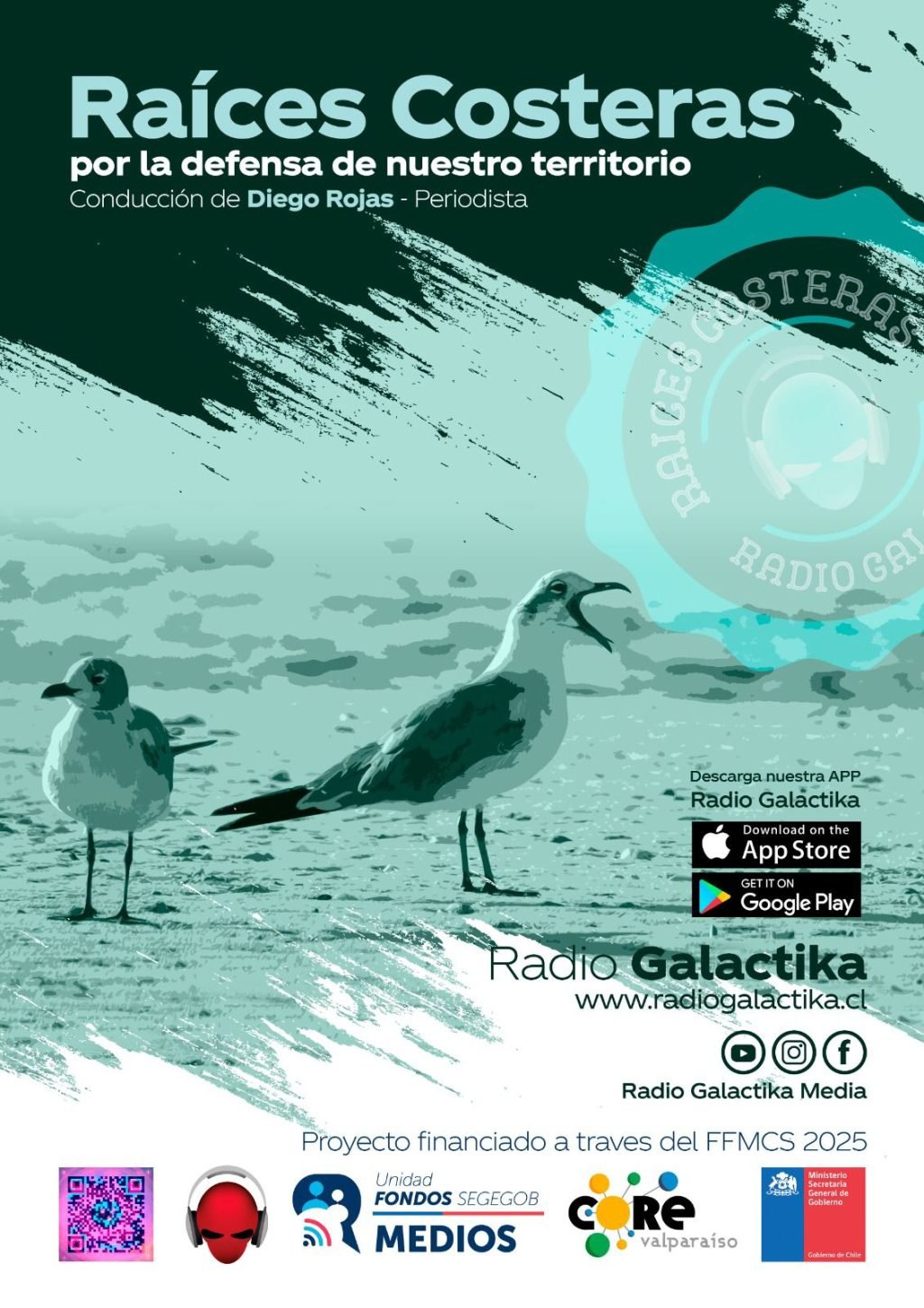
El Ciudadano




